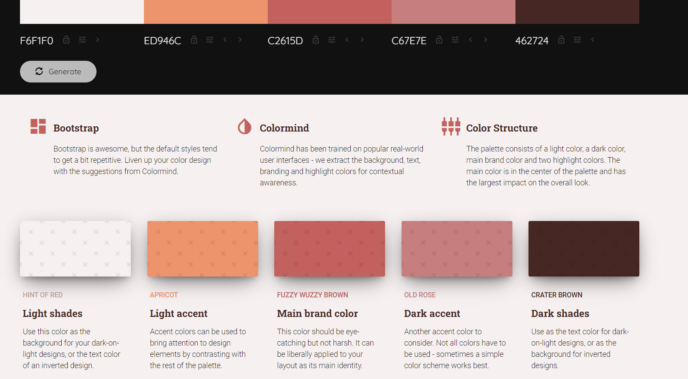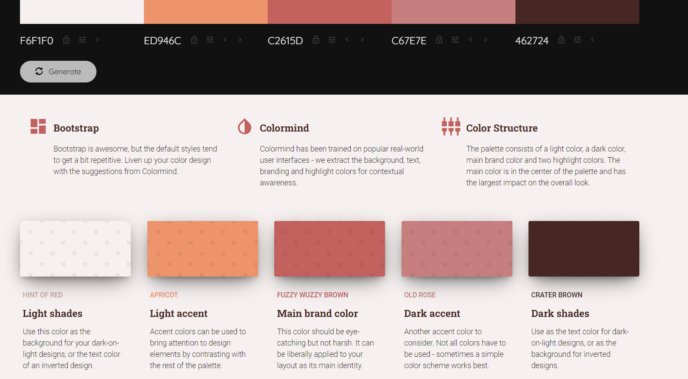It appears the global supply chain issue isn’t going away anytime soon. With the labor shortage resulting in dozens if not hundreds of cargo ships stranded off the California and now Seattle coasts waiting to be unloaded and trucked away to hungry retailers and consumers, the U.S. government doesn’t seem to have any answers to the ongoing problem other than blaming the ongoing COVID-19 pandemic.
And like all things in the world today, the internet, news and social media are the go-to sources for finding the latest and most important trending information — while also being fueled by numerous bloggers and reporting delivering high quality content on the topic as well.
For bloggers and online marketers, this will also bring in a whole new world of opportunity and growth for those who are willing to put in the time and effort to cater to the new needs, services and information that both suppliers, vendors and customers will soon be accustomed to.
Catering to the Needs of Businesses, Brands and Customers Around the World
As we all know, bloggers and content creators often make money by providing audiences with reliable resources and information in reference to whatever it is they might be looking for. The “coupon” and “discount shopping” niches are perfect example of this, while also being quite lucrative in the process.
Focusing on the industry supply issue at hand, these same types of resources and reference guides are quickly becoming in more demand.
A perfect example of this would be to create an article or resource blog on the many different ways businesses and brands can still connect customers with their products, while also looking for alternative supply chains and delivery methods.
For example, the private shipping and import/export companies that depend on a fluid if not resilient supply chain, are becoming creative in their methods in effort to get it moving again. One of these methods is to partner up with a well respected and certified forwarder. Says All Forward, a professional forwarder, while container ships remain anchored off port, all you have to do is go online to “early find the best forwarder” that suits your business needs.
A good forwarder will give you the best shipping rates available—rates that are based on honest reviews from other professionals like you. Along with a global index of forwarding partners, a good forwarder will make your operation more efficient. In theory, this kind of direct action between supplier and shipper should help alleviate the supply crisis in the long run anyway.
But in the short run, trouble in the waters still abounds. According to a new report, as the global economy began to emerge from the pandemic lockdowns in mid-2020, the general feeling was that business would return to normal ASAP. It was believed that the global economy would snap back in what was then described as a “V-shaped recovery.”
But the V-shaped recovery never happened. Now, as the second Christmas holiday of the pandemic approaches, the world’s supply chain problem is, in a word, only getting worse. Rather than show an improvement with having had more than 18 months to recover, by many measures, the supply chain crisis is worse than it was a year ago.
While countries like Australia have managed to skirt the worst of the supply chain problem along with the energy crisis, others like the U.S. have been told to buy their holiday gifts early if they expect to see anything under the tree. They should also prepare for skyrocketing fuel costs now that the pipeline between the U.S. and Canada was plugged up with a single stroke of new U.S. President’s pen, making America once again dependent on OPEC and other foreign sources for its energy needs.
With all of these key points and references up for discussion, affiliate marketers and bloggers now have the opportunity to pick and choose what sector they would like to focus on, while also niching down further on each.
In short, with the global supply problem now being a great discussion that is affecting all markets, this would also likely increase the chances of content being picked up by news and media outlets, while also be shared more often on social media.
A Global Supply Problem Will Become an Evergreen Topic and Issue
In the world of blogging, SEO and content marketing — everyone loves a hot topic, that could also potentially become an evergreen topic at the same time. This is what we are currently seeing in the global supply chain, as it doesn’t look like this problem is going to be solved anytime soon.
For instance, in Japan auto makers have had no choice but to cut production due to a computer chip shortage the likes of which have never been realized before. But this demonstrates how even the smallest of components can bring even the most efficient businesses to their knees.
With more small businesses and customers looking to find new suppliers and products online, this is another area what content creators and bloggers can find huge success — in both traffic and on-site ad earnings and through the use of affiliate marketing. But as mentioned earlier, this is all easier said than done, and will require a lot of time, work and effort.
It’s also important to think about the different global markets that one might want to focus on as well. With the US having their own supply problems and Japan cutting production in many different areas, it’s also important to note that in the UK, two-thirds of the businesses which were recently surveyed by the Confederation of British Industry (CBI) were told that component shortages would continue for at least the next three months and have a negative impact on production well into 2022. This is said to represent “the highest proportion of business warning” regarding supply chain problems since 1975 when Britain faced countrywide strikes and worker walkouts.
And lastly, over in China, the shortage of coal has already slowed their economy. Now a significant shortage of diesel fuel is causing generators to cease and as a result, rolling blackouts are affecting the entire country along with skyrocketing power costs.
Content Creation and SEO = Success in the Global Supply Industry
At the end of the day, the business of buying and selling goods is always going to make good money. However, with the latest supply chain issues in place, this is putting quite a damper on things. The good news is, no matter what happens in the world, the internet is always there to connect consumers and businesses together to get more done.
This is where we are continually seeing the best opportunities for content creators and marketer. It’s not a matter of if, when and how the supply chain issue gets fixed, it’s a matter of how you are going to take advantage of it, while also growing your online blog, brand or business in the process.



